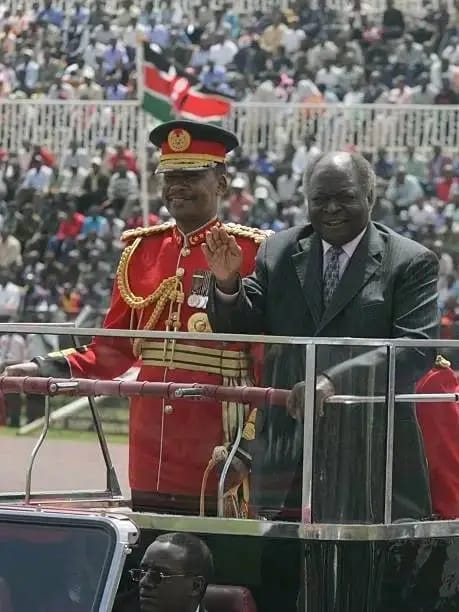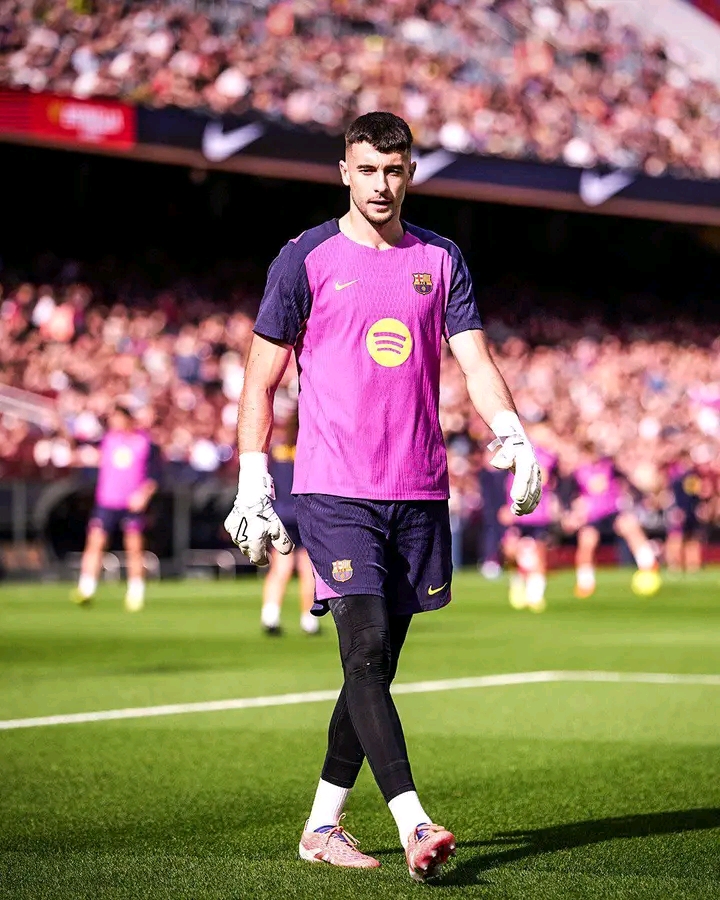
His rise to the very summit of Kenya’s military hierarchy was not merely a personal triumph but the flowering of a tradition—the enduring martial heritage of the Kamba people, a community long regarded as the backbone of the country’s armed forces.
From the dusty ridges of Kitui to the scrublands of Machakos, generations of Kamba men had marched, drilled, and fought beneath British and Kenyan flags, earning their reputation as hardy scouts, disciplined soldiers, and loyal warriors.
By the time Kianga donned the coveted red gorget patches of a four-star general, he was not just Jeremiah Kianga; he was the embodiment of a century-old narrative that cast the Kamba as Kenya’s martial race.
The Kamba had served the British as far back as the First World War, their legendary toughness and ability to endure harsh terrain making them prized recruits in the Carrier Corps and King’s African Rifles.
Independence did not break that tradition; it merely changed the uniform’s flag. At the birth of the nation in 1963, Kenya’s founding commander of the Defence Forces, Major General Joseph Ndolo, stood tall as a Kamba son, a symbol that the community’s sacrifices had earned them more than ceremonial recognition.
Ndolo, trained under the British, became a steady hand on the tiller of the fledgling Kenya Army, steering it away from the turbulence of political intrigue and toward professionalism.
In the decades that followed, another Kamba officer, General Jackson Mulinge, would carve his name in granite as Kenya’s first full general and Chief of Defence Forces.
Mulinge’s towering frame and calm came to define the early republic’s military character. He was a soldier’s soldier, a man who had seen action in the Mau Mau Emergency, Malaya Crisis, and Shifta War.

